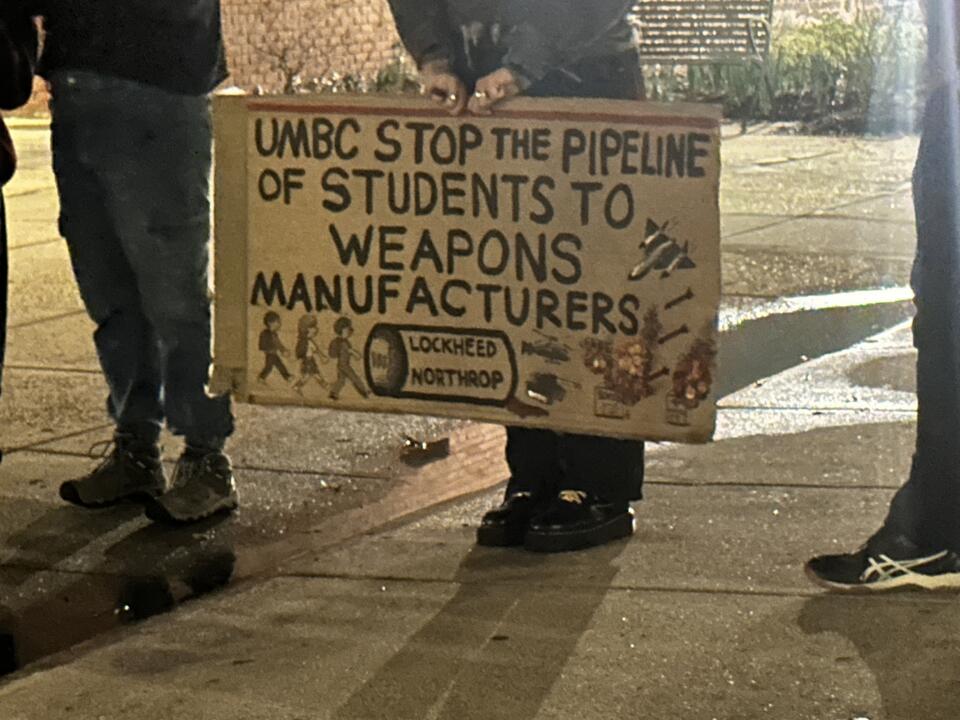President Dr. Freeman Hrabowski announced today that he will retire after the Spring 2022 semester, making the class of 2025 the last to be welcomed to the University of Maryland, Baltimore County campus by his famous line: “Watch your thoughts, for they become your words. Watch your words, for they become your actions. Watch your actions, for they become your habits. Watch your habits, for they become your character. Watch your character, for it will become your destiny.”
“UMBC will always be a part of me. It has helped to define who I am,” said Hrabowski. “Wherever I am, I will be talking about the wonderful place that is UMBC.”
Hrabowski is one of the nation’s longest-serving university presidents. He began his tenure at UMBC as Vice Provost in 1987 and became the University’s president in 1992. As he brings his time at UMBC to a close, Hrabowski leaves behind a legacy.
In the 34 years Hrabowski has worked at UMBC, he has seen the University transition from a primarily commuter student body to housing over 37 percent of its student body on campus. The university has increased enrollment overall, now teaching over 13,000 students from over 100 countries both in-person and online. These students are impressive, leading UMBC to become a Fulbright Top Producing Institution and producing two Rhodes Scholars.
“The students at UMBC care about other people, especially about those less fortunate,” said Hrabowski. “This is a campus that believes in treating people fairly. It’s not about us versus them; it’s about UMBC.”
Even when handling the COVID-19 pandemic, Hrabowski and UMBC managed to stay head and shoulders above the rest. While universities across the country, and even within the University System of Maryland, struggled with outbreaks, Hrabowski led UMBC to maintain no higher than a 4.1 percent COVID campus positivity rate. He and the rest of the UMBC’s COVID-19 Response Team implemented strict testing and masking measures and always erred on the side of caution to keep students, staff and faculty safe.
While increasing UMBC’s reputation as a safe, innovative university dedicated to undergraduate teaching and research, Hrabowski made paths for Black and Brown students that were not available to him. Having grown up in Civil Rights Movement era Birmingham, Alabama—even getting arrested during the 1963 Children’s Crusade—Hrabwoski dealt with some of the worst parts of America’s racist and white supremacist history.
Working at a university with no history of institutional racial discrimination due to its founding in 1966, Hrabowski saw UMBC as an opportunity to uplift communities America has long put down. Partnering with Robert Meyerhoff, the pair founded the Meyerhoff Scholars Program in 1988. The Meyerhoff Scholars Program makes strides in increasing the diversity in STEM-related fields by producing high-caliber Black and Brown graduates within those fields. It has been so successful that the Howard Hughes Medical Institute, Pennsylvania State University, the University of North Carolina at Chapel Hill and others are reproducing it.
“I grew up not being able to be in the same room as a white person. When I go to New York and I’m the only Black person in the room, I still wonder whether I’m supposed to be there,” Hrabowski said. “If there’s one thing you can take from me is to believe in yourself. I would have never believed that I would be the president of a university with students from over 100 countries.”
Hrabowski’s impact on UMBC expands beyond his work to build up the University as one of the best in the country and into the very culture of UMBC. Hrabowski is as synonymous with UMBC as the University’s Chesapeake Bay Retriever mascot. Across campus, one can find students with pins of Hrawbowski’s face attached to their backpacks. Members of the UMBC Memes for Smoke-free Teens Facebook group use photos of Hrabowski to joke about the university and college life generally.
Beyond memes, Hrabowski is the source of many of UMBC’s philosophies. From UMBC’s core principle of diversity in all facets to the need for graduates to be diverse thinkers, Hrabowski has imbued the University with a range of ideas that it has come to represent. He is especially proud of UMBC’s commitment to community, collaboration and understanding that has carried students to become the first Black woman to be Maryland Speaker of the House and a major player in the development of the COVID-19 vaccine.
“He’s set the standard for creating a culture that brings out people’s best character and best effort,” said University System of Maryland Board of Regents Chair Linda Gooden.
USM Chancellor Jay Perman believes that the culture of inclusivity and understanding Hrabowski built at UMBC will live on within its students, staff, faculty and alumni.
“I think of Dr. Hrabowski as the spark that lit a flame, and that flame is something extraordinary. That flame is an institution completely committed to student engagement, opportunity and success. It’s people who believe wholeheartedly that achievement is not just possible but inevitable—if nurtured in the right way,” Perman said. “Freeman often ends meetings by exhorting others to ‘Keep hope alive!’ That hope is what he’s sown at UMBC for 30-plus years, and all of us—truly, all of us—are so much better for it.”
USM is currently in the selection process for a new president. While USM ultimately decides who will follow in Hrabowski’s footsteps, the Board of Regents is working with UMBC to find someone that fits the university. UMBC expects to announce its new president in Spring 2022.


